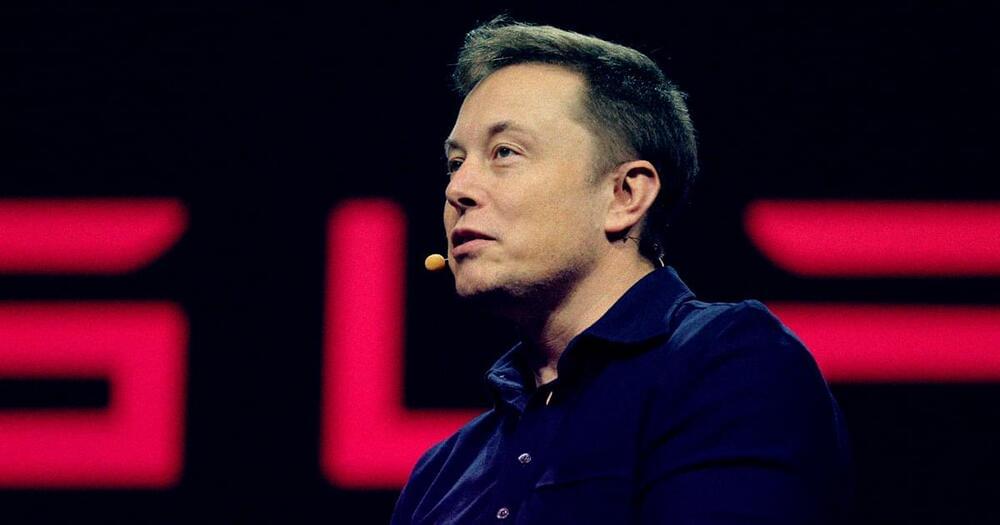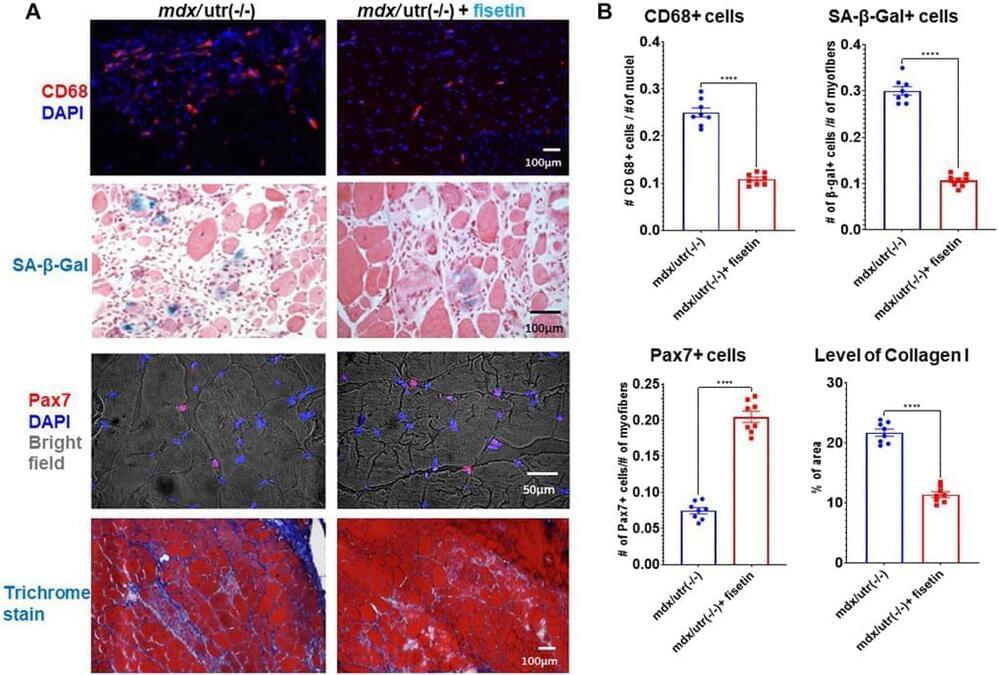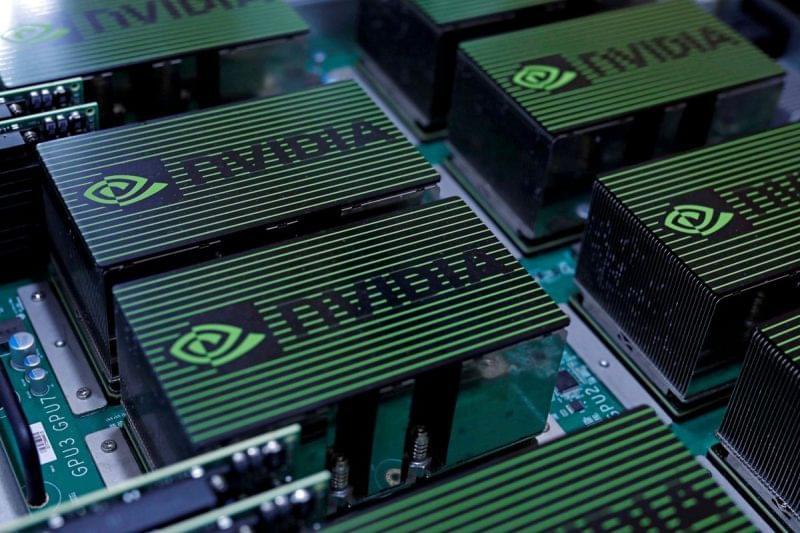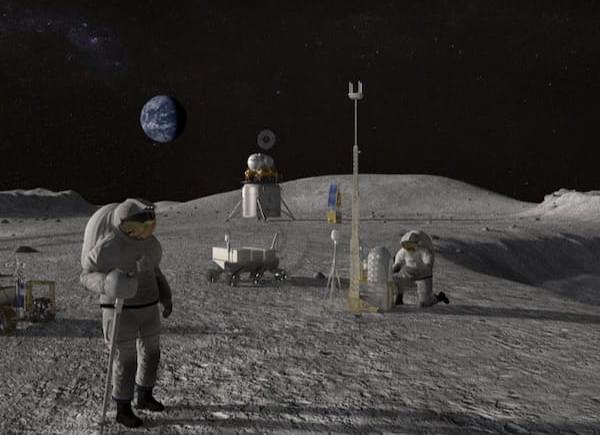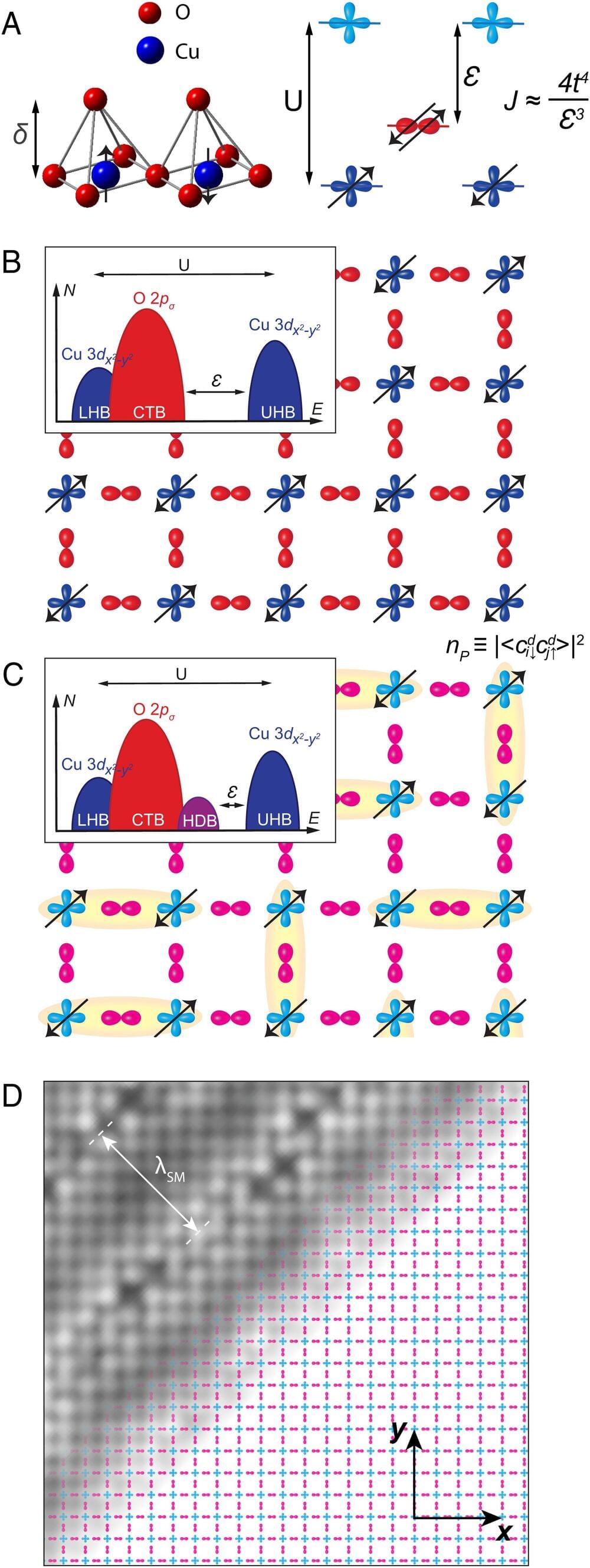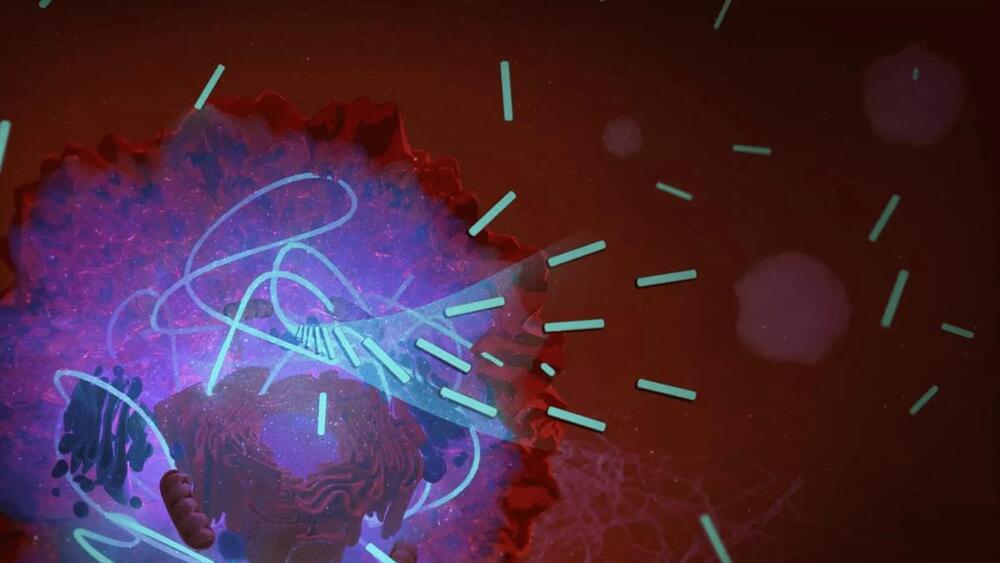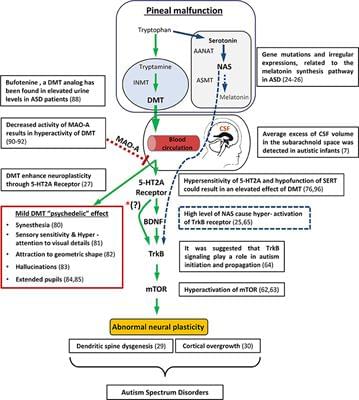Elon Musk tweeted a fascinating — and frankly unsettling — theory last night about how a brain parasite might be forcing all humans to create advanced AI.
The Tesla CEO was responding to a story from National Geographic about how toxoplasmosis, a common parasite often found in cats, seems to be causing hyenas to be reckless around predators such as lions. In a staggering and perhaps facetious leap of logic, Musk suggested that the parasite is actually what’s causing humans to create advanced artificial intelligence.
“Toxoplasmosis infects rats, then cats, then humans who make cat videos,” Musk tweeted on Friday. “AI trains achieves superhuman intelligence training on Internet cat videos, thus making toxoplasmosis the true arbiter of our destiny.”
